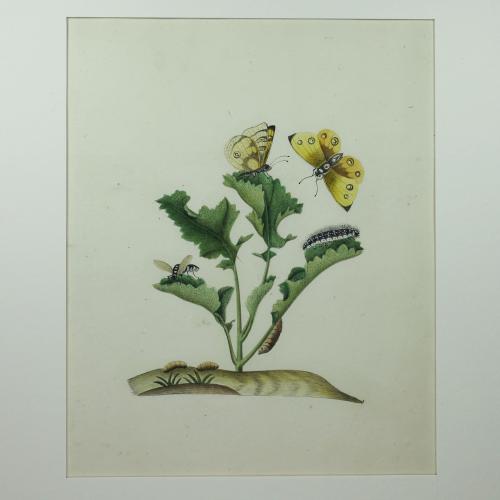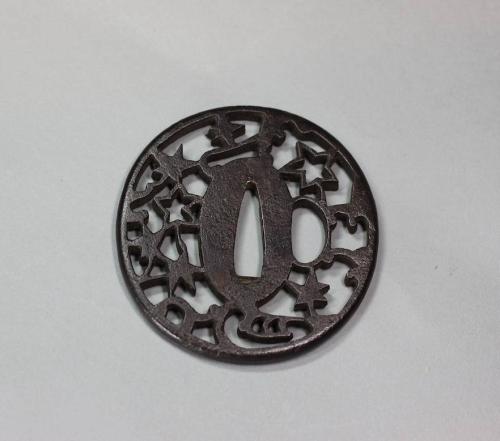
Price on application
This object is eligible for a Certificate of BADA Provenance
The BADA Standard
- Since 1918, BADA has been the leading association for the antiques and fine art trade
- Members are elected for their knowledge, integrity and quality of stock
- Our clients are protected by BADA’s code of conduct
- Our dealers’ membership is reviewed and renewed annually
- Bada.org is a non-profit site: clients deal directly with members and they pay no hidden fees
Chinese ruby glass overlay snuff bottle, Qing dynasty, 19th century, in opaque white glass with ruby overlay carved in relief; the pear-shaped body decorated with a pair of qilong, their bodies and long tails curled around the sides of the bottle and clawed paws outstretched, between red overlay bands to the rim and footrim.
Dimensions:
Height without stopper: 6 cm. (2 5/16 in.)
Condition:
Chip to rim and minute chip to overlay decoration
Notes:
Qilong, or ‘hornless dragons’ were a popular motif on wares designed for the scholar’s desk, and are often depicted curled or writhing amongst plants as the first variant character of ‘qiulung’ combines the radical for insect with ‘hidden’ and shares the same alternate phonetics as ‘twist’. They were also referred to as water dragons or water monsters and appear in classical texts including the Chuchi (2nd century), an anthology of southern poetry: "They lined water monsters up to join them in the dance: how their bodies coiled and writhed in undulating motion! […] I ride a water chariot with a canopy of lotus; Two dragons draw it, between two water-serpents […] And water dragons swim side by side, swiftly darting above and below." They are depicted here in ruby glass, which was one of the many glass types developed in Chinese glasshouses supervised by Jesuit alchemists and glassmakers during the late seventeenth century. The exchange of European technologies with Chinese carving traditions enabled the development and refinement of new varieties of incised opaque and translucent coloured glass. Chinese consumers prized these glass wares which, with their bright jewel like colours and suitability for carved decoration, resembled precious minerals such as lapis lazuli, jade and nephrite. The Yongzheng emperor himself had a particular fondness for ruby red glass, which was one of the earliest developed under the supervision of Kilian Stumpf (1655-1720), a German Jesuit scientist who had trained with notable glassmakers and alchemists in Europe before settling in China.
Dimensions
Height without stopper: 6 cm. (2 5/16 in.)Condition report
Chip to rim and minute chip to overlay decorationStock number
W790The BADA Standard
- Since 1918, BADA has been the leading association for the antiques and fine art trade
- Members are elected for their knowledge, integrity and quality of stock
- Our clients are protected by BADA’s code of conduct
- Our dealers’ membership is reviewed and renewed annually
- Bada.org is a non-profit site: clients deal directly with members and they pay no hidden fees



